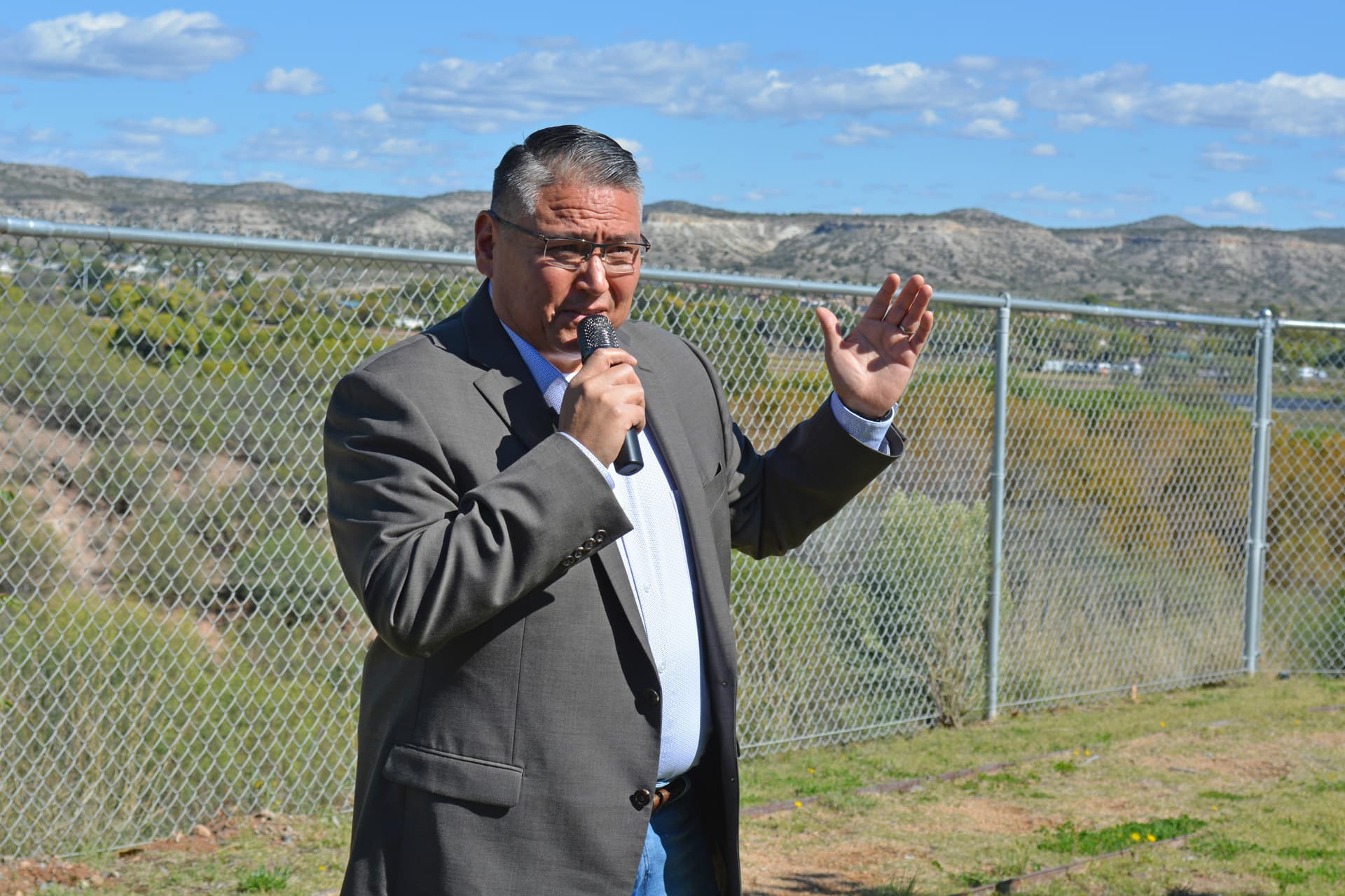Arizona Funding Crunch Threatens La Paz County Groundwater Projects
An Inside Climate News feature republished by AZ Luminaria on November 14, 2025 examined Arizona's drought response, the depletion of groundwater, and the shrinking pool of state funds for water projects. The reporting identified risks to rural basins including La Paz County's Ranegras Plain and warned that exhausted funding streams could slow or halt local conservation and reclamation efforts that residents depend upon.

A statewide investigation republished on November 14, 2025 has placed La Paz County at the center of a growing policy challenge as Arizona confronts both worsening drought and dwindling state dollars for water infrastructure. The story documented the exhaustion of several traditional funding streams that supported water reclamation, recharge and conservation projects, and it connected those fiscal realities to on the ground risks in rural basins such as the Ranegras Plain and adjacent groundwater areas that supply parts of La Paz County.
The reporting outlined groundwater overdraft in smaller basins and underscored the potential need for Active Management Areas as one regulatory response. For La Paz County the implications are immediate. County systems and private wells depend on aquifers that have seen sustained drawdown, and many rural conservation projects have relied on state matching funds or grant programs that are now significantly reduced. The feature included expert interviews and examples of communities that have advanced new reclamation projects, while cautioning that lower state support could slow similar efforts elsewhere.
Policy and institutional consequences extend beyond construction schedules and grant cycles. Reduced state funding pressures county officials to revisit local water planning priorities, to weigh more aggressive conservation and reuse strategies, and to consider regional cooperation with neighboring jurisdictions. The reporting raises questions about the capacity of state agencies to maintain technical assistance and oversight in rural basins, and about the legal and administrative steps needed to address overdraft where Active Management Areas are not currently established.
For La Paz County residents the stakes include long term reliability of domestic wells, agriculture viability and the county budgetary capacity to pursue costly projects without state aid. County leaders will face choices about pursuing alternative funding, reallocating local resources, or advocating at the state and federal level for restored programs. The reporting provides a timely reminder that water policy is both technical and political, and that civic engagement and clear accountability at all levels of government will shape whether rural communities secure the investments needed to sustain groundwater supplies.


